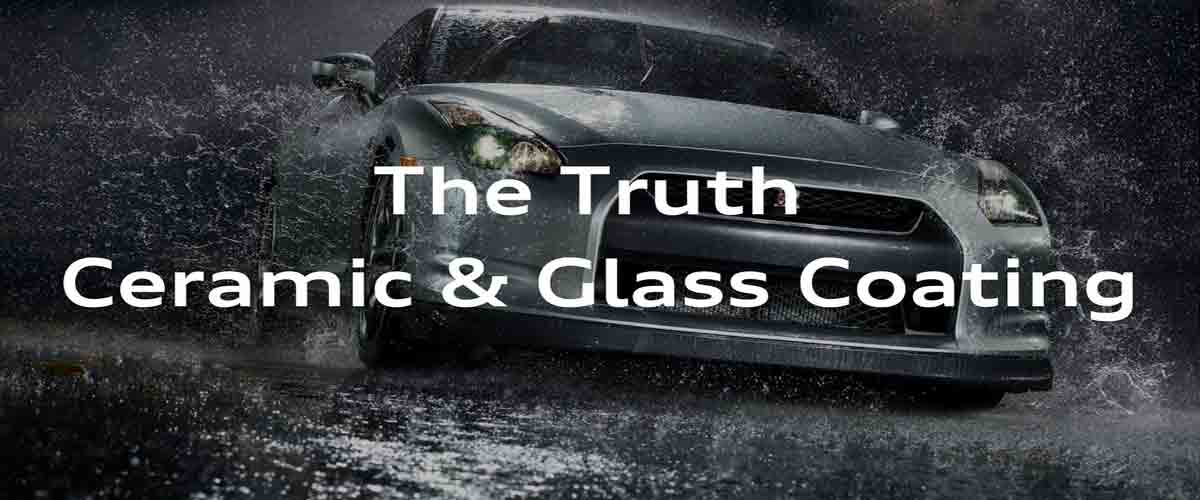The Truth behind Ceramic Coating and Glass Coating

The perfect shine is the Holy Grail of the automotive appearance industry.
For over a century, professionals have sought a magical solution ― a bullish, long-lasting shine product that is quick and easy to apply and will repel dirt, environmental contaminants, and rain so the vehicle has the best protection on the market.
Given the array of kaleidoscope of products invading our visual sense, what is the difference between finishing products? How far have we come in the world of “coatings”?
Essentially, nano-technology in the detailing industry utilizes a 9th century Mesopotamian trick. A trick in which pottery-makers created a metallic nano glaze made from copper, silver salts, and oxides that created a glittering effect on pottery that up through the Renaissance, made it distinctive for its ancient, shimmering luster. The term “coating” is nothing more than a new term to identify these incredibly durable polymers. Because that’s all these nano coatings are, polymers.
Known as “Surface Science”, products now allow the transfer of particles from one surface to the other so that the nano coating becomes inseparable from the car’s paint surface. Automotive coating manufacturers claim their formulas “bond” chemically and physically to the paint surface, however, all bond loosens over time!
Is hardness the only pinnacle of a good coating?
Every Automotive coating manufacturers has been boasting their SGS Certification on hardness. But think about it – the body of the car flexes as it drives, as the heat and cold play their part on the chemistry of the metal (hot metal can bend more while cold metal is more stiff). When coated with glass and ceramics, two very rigid materials that lack the ability to be flexible, it wouldn’t take long for the coating to crack and break.
And does the warranty works?
Those 7-year warranty coatings are only valid if you can verify you’ve reapplied the product every year or two and washed the car once a month. One of the big reasons these products work so effectively is the amount of prep required to apply the coating. After washing, claying, and buffing the car, you’re often required to wipe down the entire surface with some alcohol based cleaner. This intensive prep period is highly effective in removing all contaminants and oils from the surface to allow the coating to bond to the paint as best as it can.
What is the downside?
Before you can even apply the coating, the surface must be 100% free of surface blemishes, which applies to even brand new vehicles. A multi-stage paint correction involves washing the car, claying, buffing, and keeping it pristine while applying the coating. That last step is particularly difficult for anyone who isn’t working in a clean indoor facility.
Nearly all of these coatings use extremely harsh chemicals that when you open the bottle, smell like a nice sampling of jet fuel. After speaking with many detailers who specialize in applying many of these coatings, they mention how they need to take frequent breaks to refrain from going light-headed. These harsh chemicals contain high levels of VOC’s.
Our Ceramic coating does not only form in a structured atomic manner; it is also flexible. It offers the gloss that will make your car gleamed while flexible enough to bounce off the contaminants and allows your vehicle to flex. Most importantly, we care for our Auto-Artisans. Ceramic Coating is the only coating in the local market that is VOCs-Free; it does not pose any health hazard at all.
Reach out to us now and experience the effects of car paint protection!
– Call us at 6917 83 96
– Whatsapp us at https://www.eadetailer.com/speak2us
